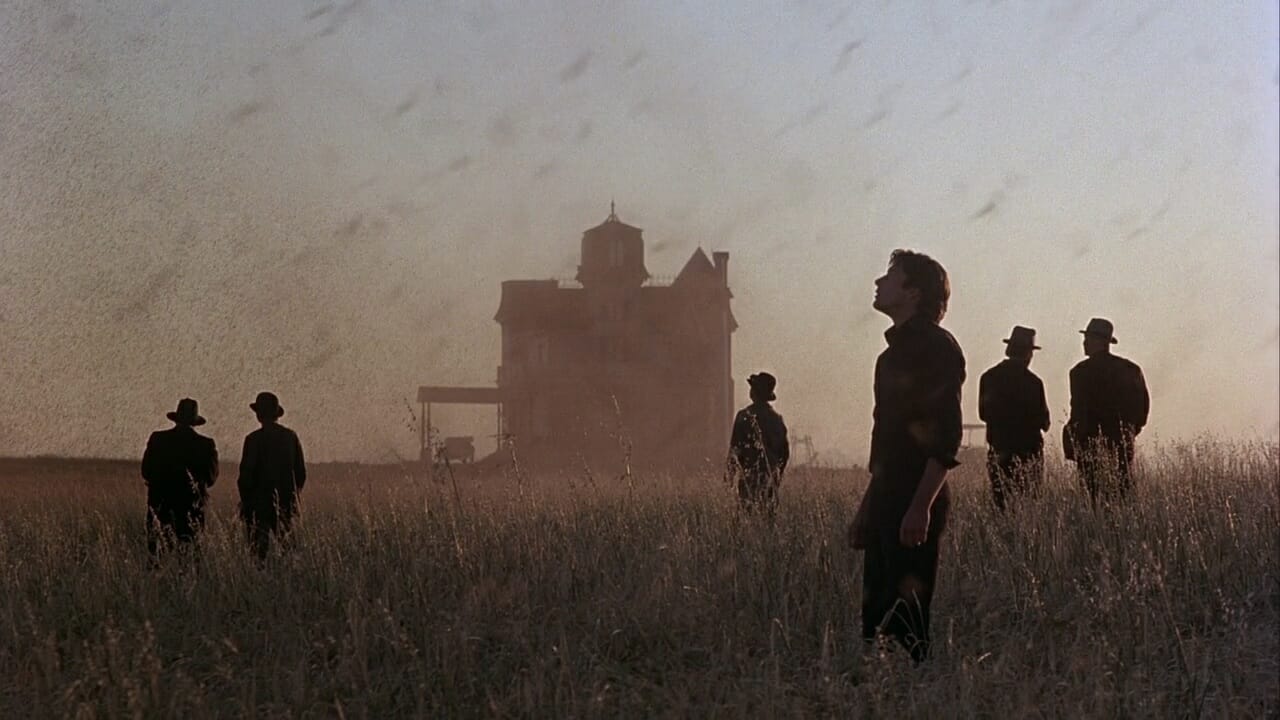-
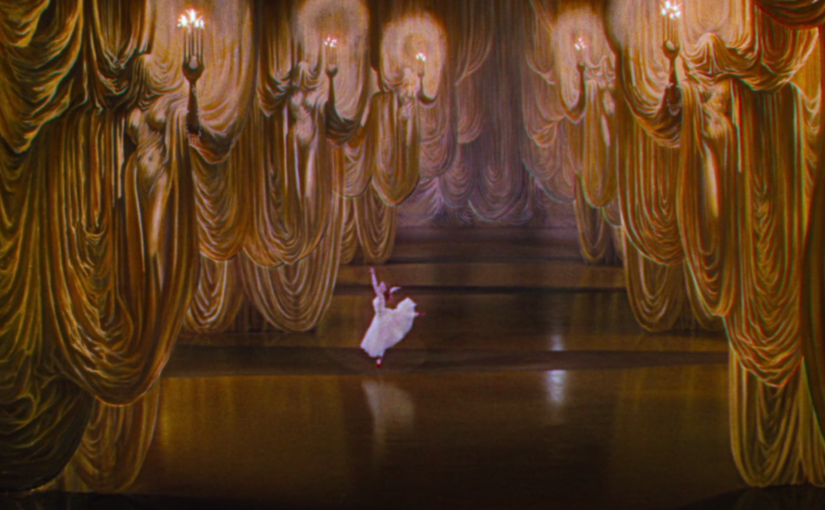
The Red Shoes (1948)
Michael Powell’s control over his very specific colour palettes all through The Red Shoes goes beyond the crafting of immaculate compositions, as it furthermore binds us so tightly to the disintegrating mental state of aspiring dancer Vicky, that we can’t help but be plunged right into the psychological depths of her pure, self-destructive ambition.
-

The Outsiders (1983)
Even as The Outsiders stands up today as a well-done adaptation of a pivotal coming-of-age novel, the odd misstep also marks it as the beginning of Francis Ford Coppola’s descent into less-than-outstanding filmmaking.
-
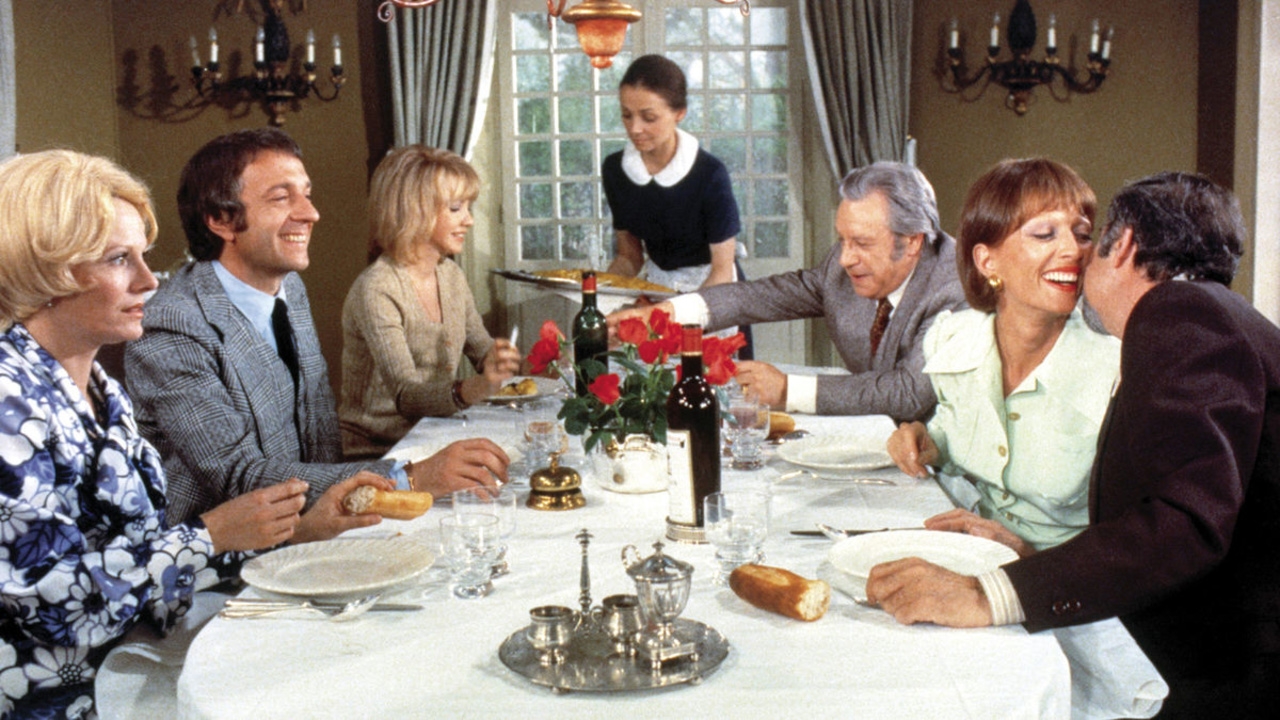
The Discreet Charm of the Bourgeoisie (1972)
With each successive scene building on previously established motifs and ideas, The Discreet Charm of the Bourgeoisie develops a rigorous theme and variation structure that serves to bolster Luis Buñuel’s acidic attack on Europe’s wealthy ruling classes.
-
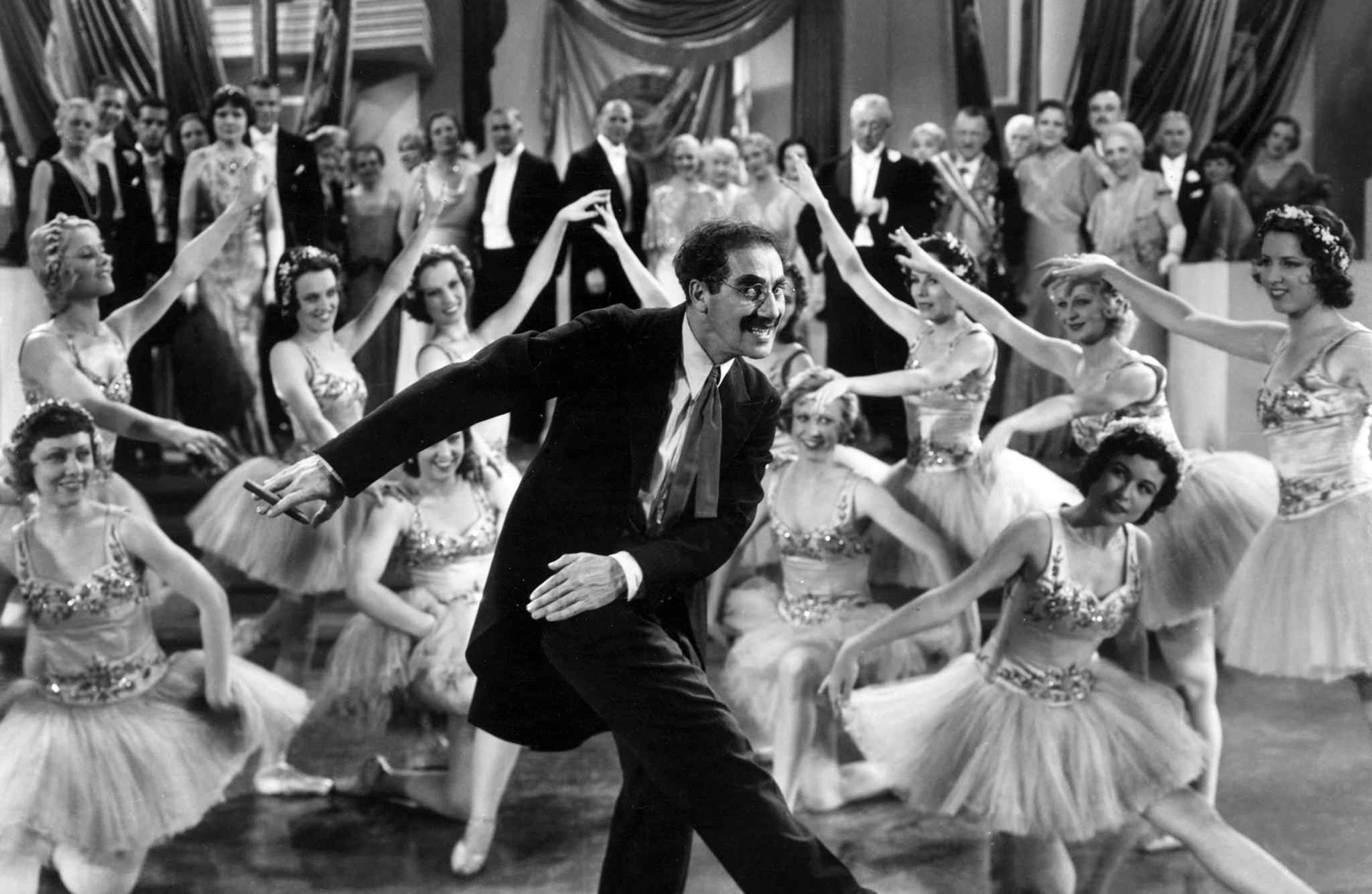
Duck Soup (1933)
By applying their knack for satire to the incompetent, narcissistic political leaders of the western world in Duck Soup, the Marx Brothers hit on comedy gold.
-
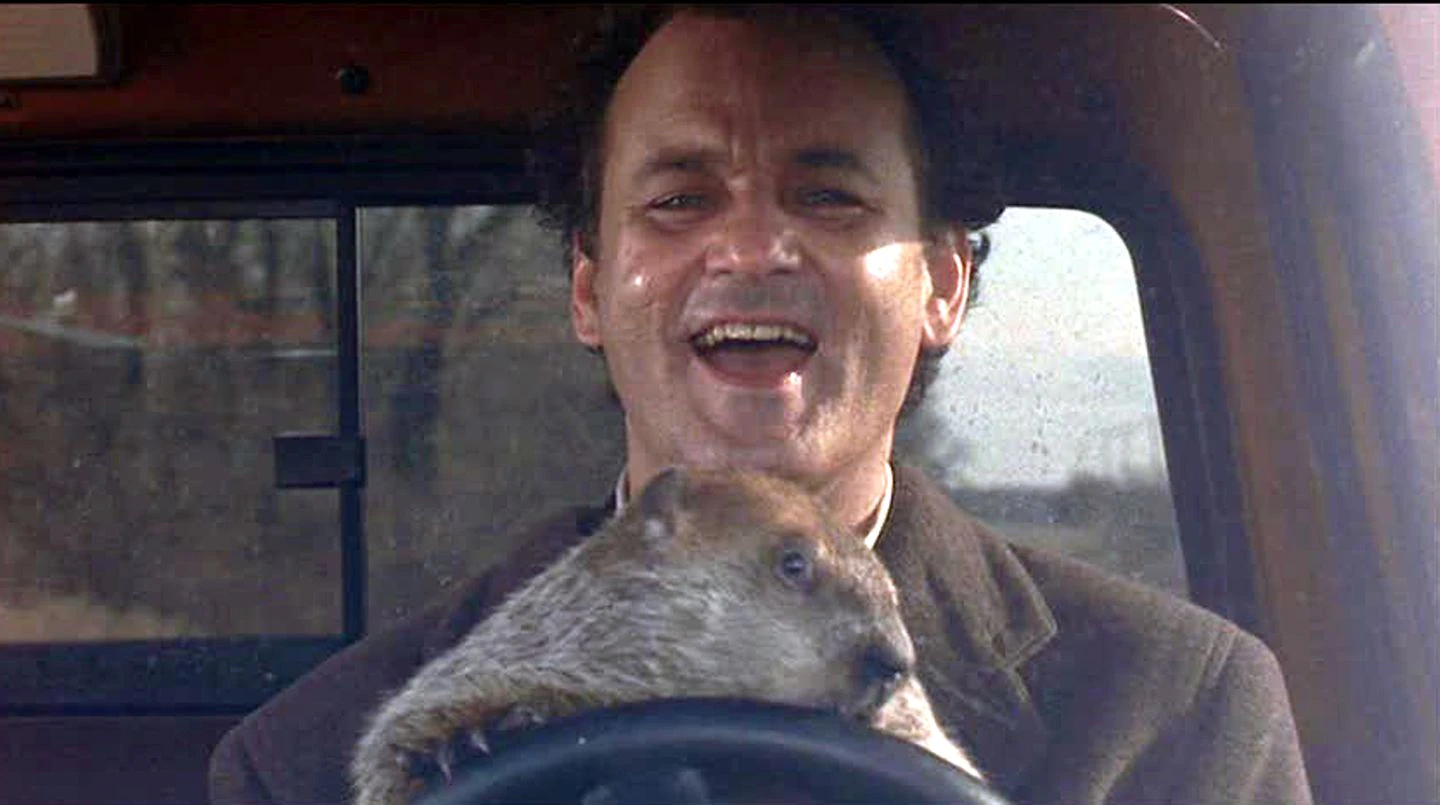
Groundhog Day (1993)
With its tremendous narrative form in repetition as the basis for a rich character arc, Groundhog Day just keeps allowing for more surprising revelations on each rewatch, giving it, quite ironically, a “timeless” quality.
-
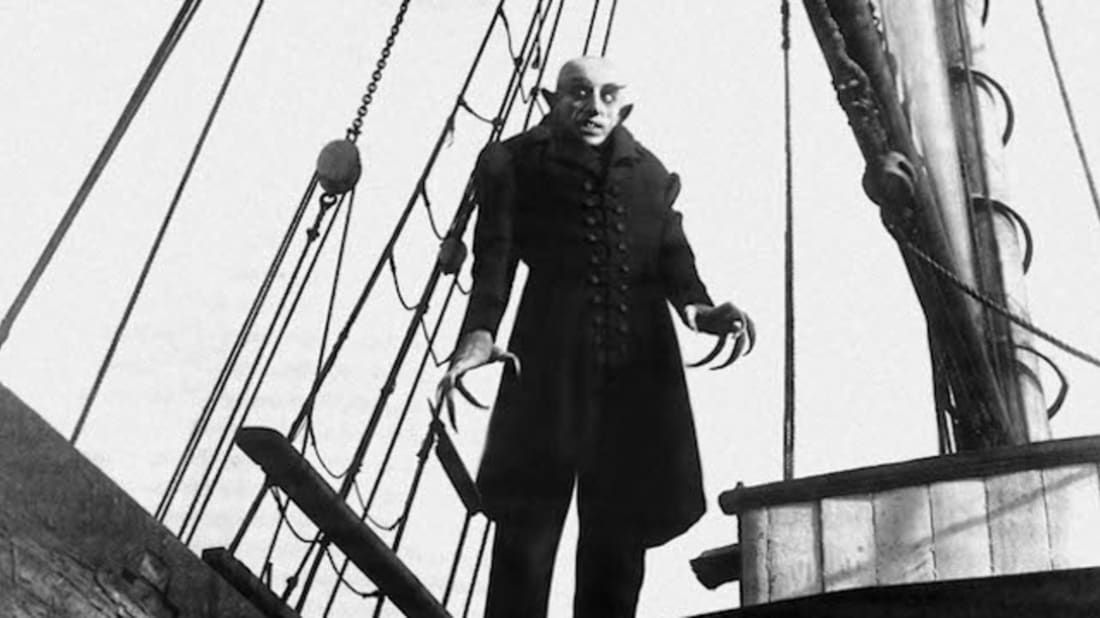
Nosferatu (1922)
Gaunt-faced, wide-eyed, hunched over, the mere profile of Count Orlok strikes a terrifying image that has persisted in our collective consciousness for almost a century, and yet through F.W. Murnau’s sharp, expressionist lighting, Nosferatu still holds up as being more than just one remarkable performance.
-

Pride and Prejudice (2005)
Joe Wright’s cinematic interpretation of Jane Austen’s novel brings a stylistic and formal flair to Elizabeth Bennet and Mr Darcy’s swooning romance that we haven’t seen before, efficiently constructing the world of 19th century England in long takes that soar through lavish ballrooms, hallways, and mansions.
-

L’Avventura (1960)
For the Italian bourgeoisie who sit untouched above the rest of society in Michelangelo Antonioni’s L’Avventura, there is such a thin line between existence and non-existence that the disappearance of a friend barely registers. The only tangible truths out there are those huge, material constructions which tower over the city, like odes to the superfluity…
-
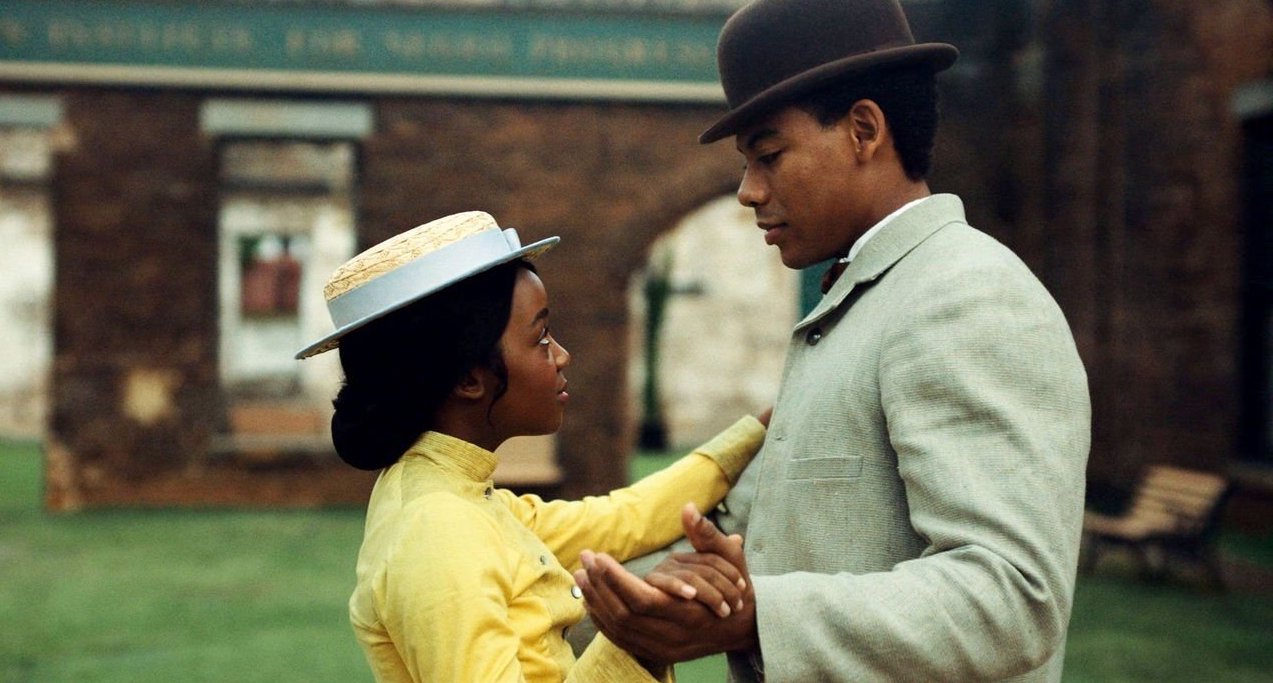
The Underground Railroad (2021)
Barry Jenkins’ revision of the real “underground railroad” manifests as a retro-futuristic gift of modern-day resources to those who worked in secret to free slaves, dropping small, quiet doses of magical realism in among historical horrors.
-
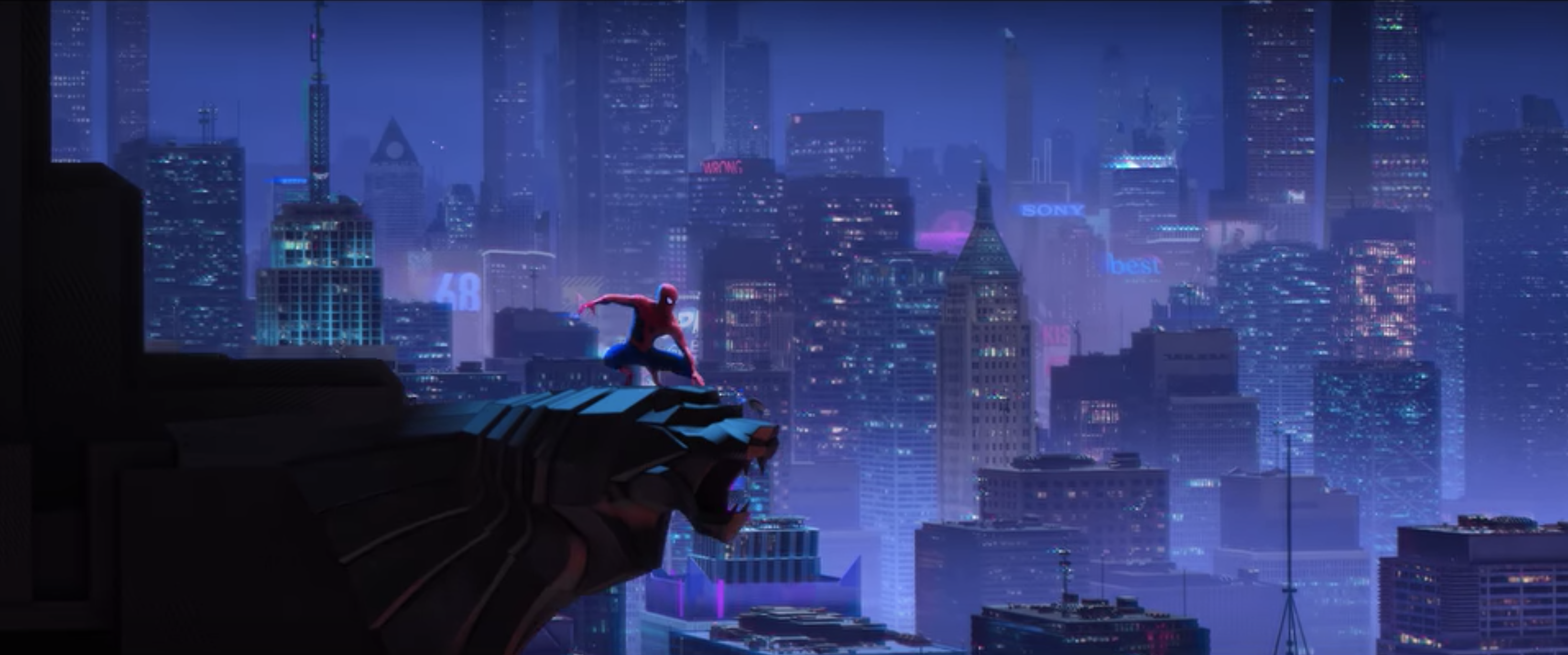
Spider-Man: Into the Spider-Verse (2018)
With one foot in the past and one in the future, Spider-Man: Into the Spider-Verse reflects its own deconstruction of the hero in its visual artistry, examining the patterns and core values which transcend cultures and generations to bind together those who engage in a common fight for justice.
-

Inception (2010)
Christopher Nolan had already established himself as a master of experimental narrative form, but it wasn’t until he combined that with an epic, ambitious visual style in Inception that he became a generation-defining filmmaker.
-

Brazil (1985)
Terry Gilliam’s construction of a futuristic Britain is visually daunting, but Brazil never shies away from the dark comedy of a government desperately out of touch with reality, brilliantly constructed through surreal, absurdist set pieces.
